Therapy before IVF
Contraception Pills
Contraception pills are commonly used before the planned procedure of assisted fertilization, especially before planned IVF/ICSI in the long protocol. One reason is that in the long protocol, treatment with GnRH agonists begins seven days prior to the planned period. Even though chances are slim, this is the time of the cycle when pregnancy is possible and cannot be detected using any known method so patients are given contraceptives to avoid taking GnRH agonists in early pregnancy.
The next, and a more common reason, is to plan the procedure according to a favorable schedule for both the patient and the institution. It is easier to plan since periods predictably occur after taking the last contraception pill. Sometimes, GnRH agonist treatment is started even while pills are taken. This is usually done on the 21st day of the cycle.
Also, should the ultrasound taken before the stimulation, i.e., at the beginning of the cycle, show ovarian cysts, the stimulation is postponed, and the patient begins taking contraception pills.
Estrogen Priming Protocol (EPP)
This is the protocol in which estrogen pills (Estrofem, Progynova) are used in the cycle before planned stimulation. Following ovulation, i.e., 7-10 days prior to the expected period, estrogen pills are usually taken in the amount of 2x2mg.
This is usually administered to women with low ovarian reserve. It down-regulates the growth of follicles, thus increasing their number available for stimulation. In addition, it better coordinates the growth of the follicle and possibly increases the number of eggs to be collected.
DHEA
Dehydroepiandrosterone (DHEA) is a male hormone that is mainly produced in the adrenal glands, and its levels decline with age. However, some studies have shown that taking DHEA during 8-12 weeks prior to ovulation stimulation procedure increases the number and quality of thus produced eggs, and cycles are rarely canceled.
Therefore, it is sometimes recommended to women with a low ovarian reserve and those who have previously responded inadequately to ovulation stimulation (low responders).
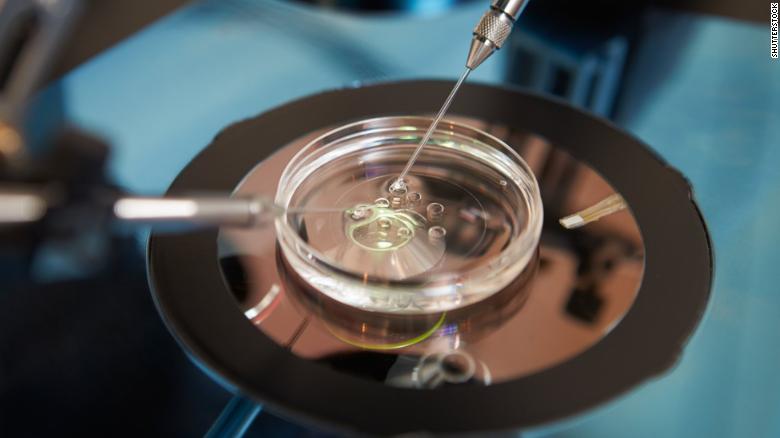
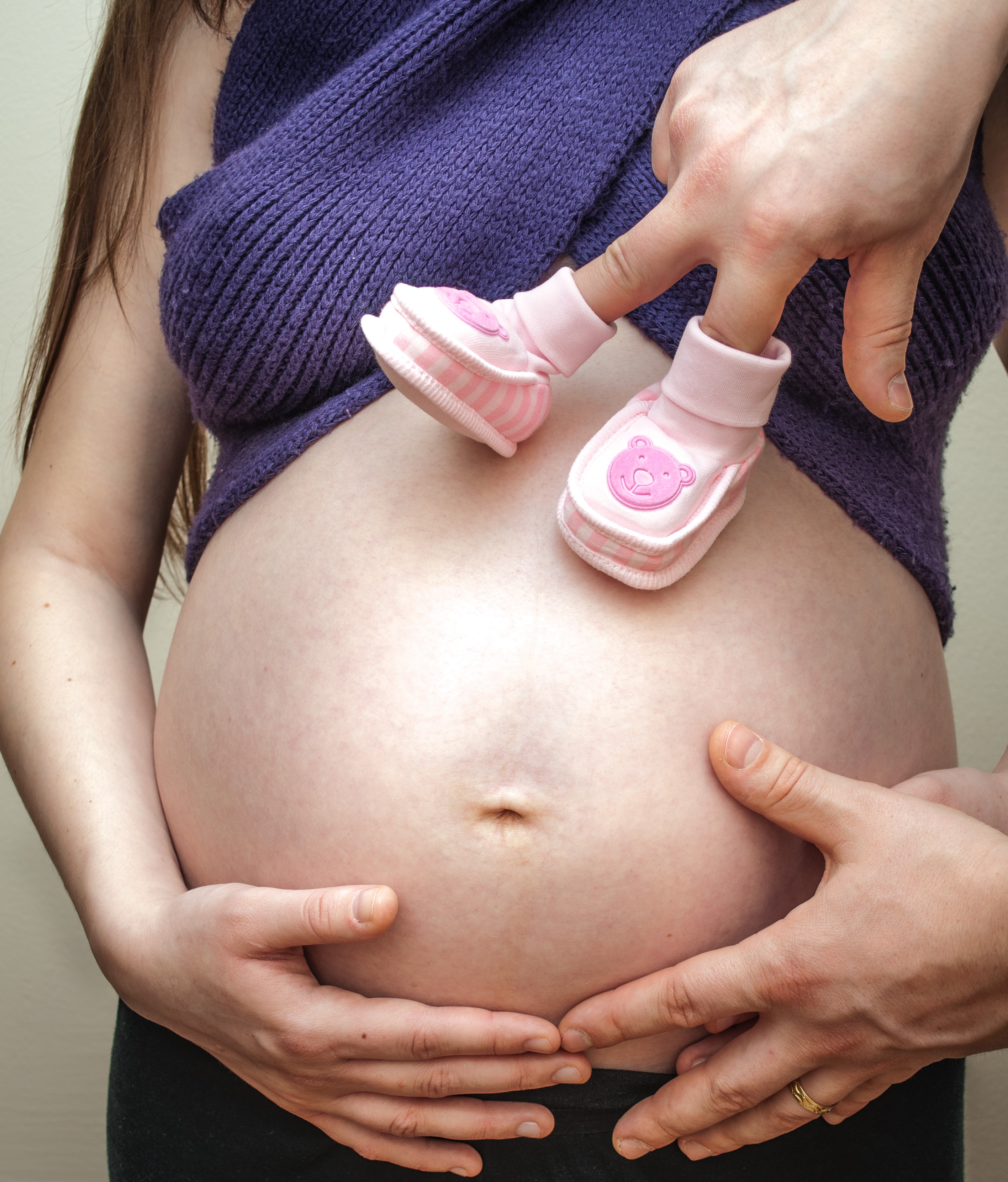




.jpg)
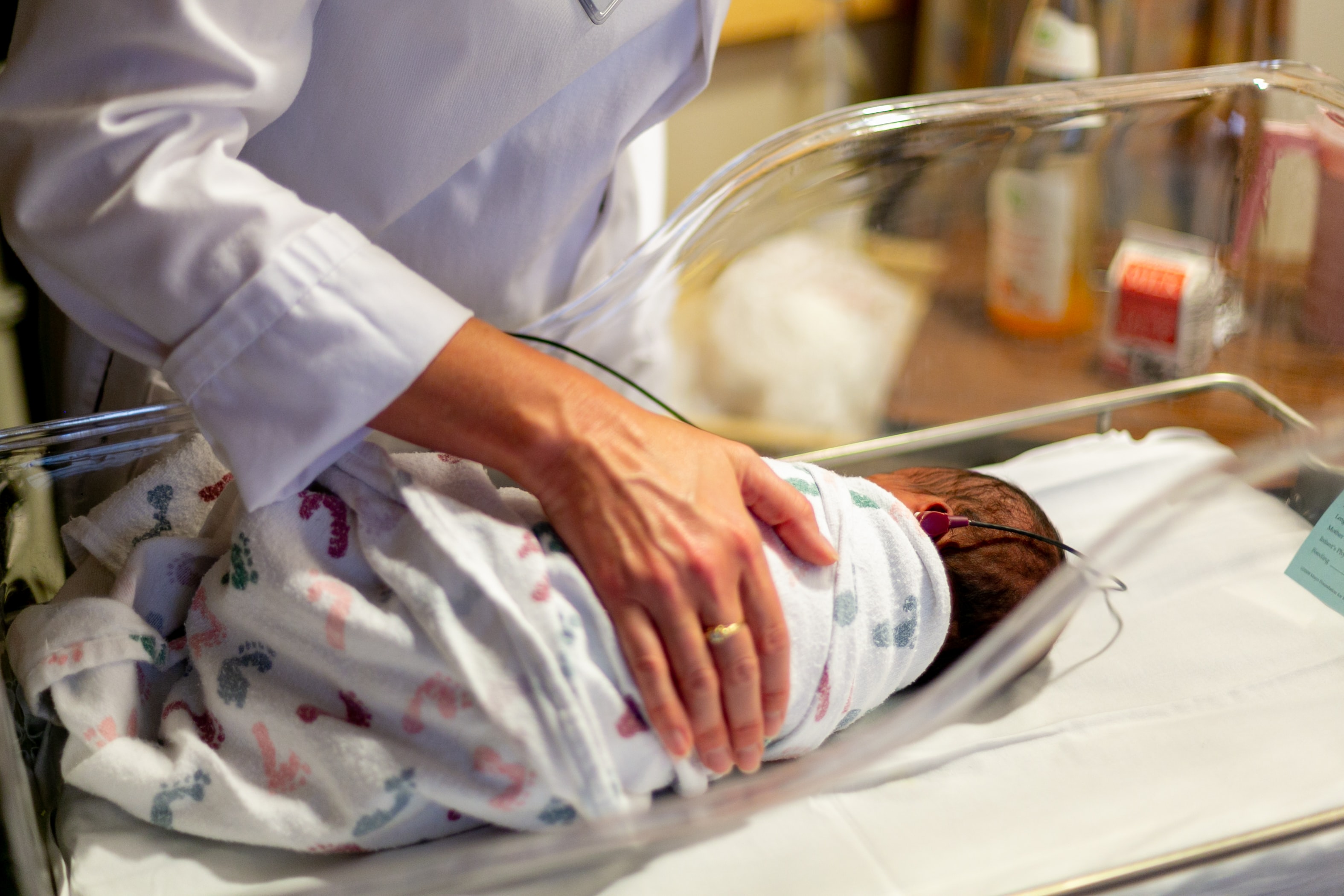
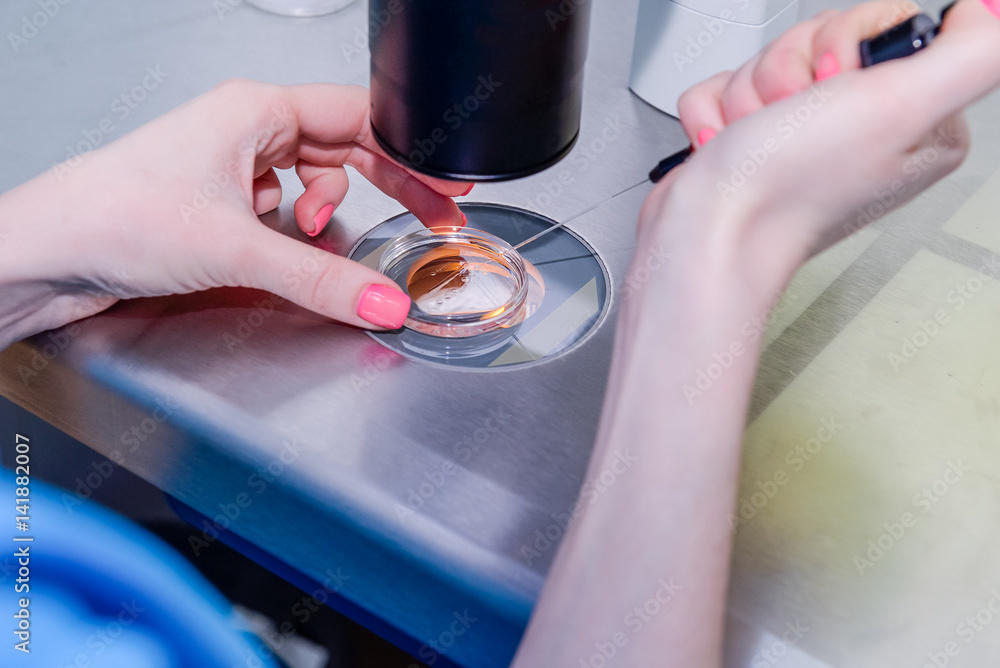
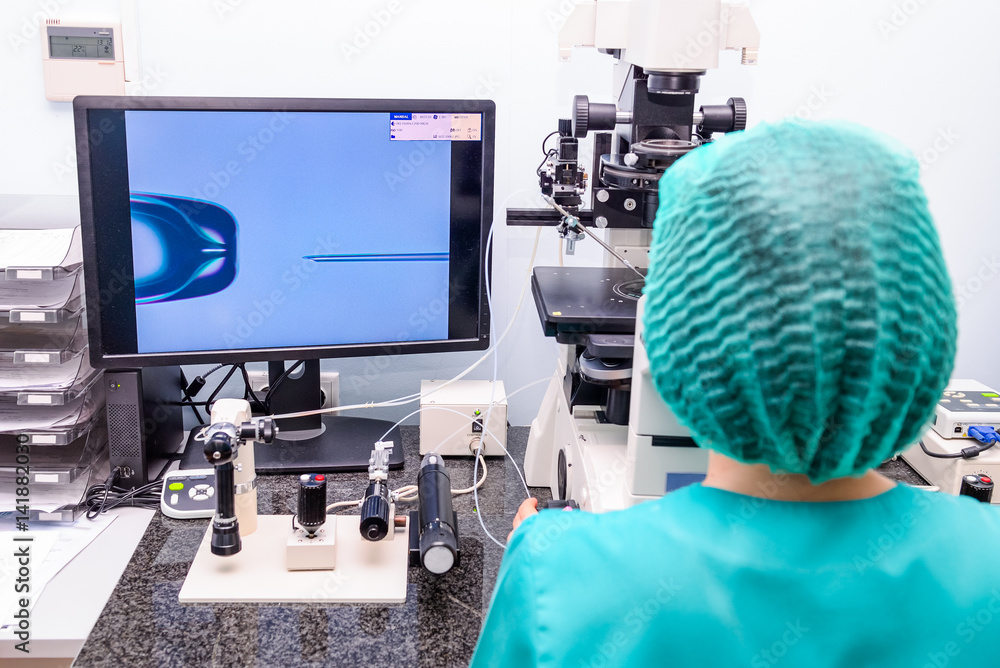

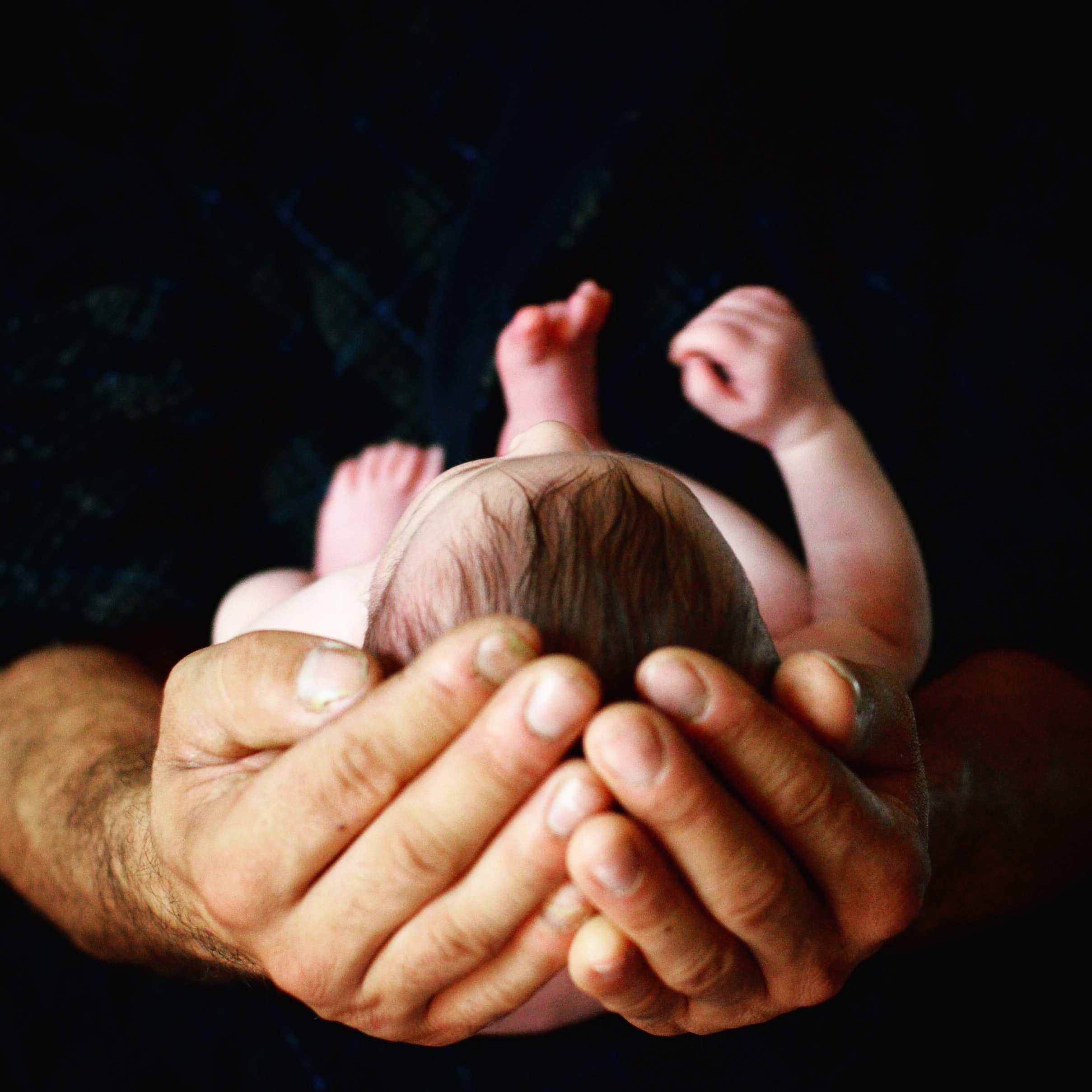

.jpg)

